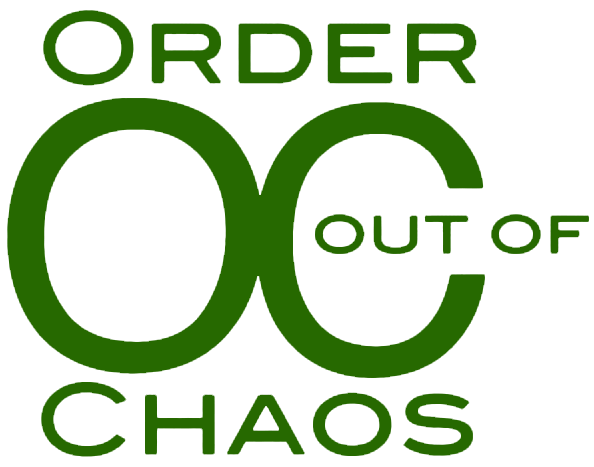Q: What’s the Best Way to Study for Middle-School Exams?
How to study for tests is a personal choice, but not all methods are equally effective. If your teen with ADHD is re-reading their notes, that is not enough. Here are ideas for more engaging and impactful studying techniques.
This Dear ADHD Family Coach® column was originally written for ADDitude Magazine.
Q: “What is the best way for my son, who is in middle school, to study for a test? He says he studies by re-reading his notes, but it’s clearly not working for him. What do you suggest?” – Momof3Boys
Hi Momof3Boys:
Take some solace in knowing your son is not alone in how he chooses to “study.” According to a study done on study strategies by Washington University, more than 83 percent of students choose to re-read their notes or textbook. Why is that? It’s an easy way out. Re-reading is super passive. It takes no effort. And it’s also the least effective study method.
The most effective method is actually self-testing. Asking yourself questions to make sure you have a deeper understanding of the material. Doing this requires some heavy mental lifting — that extra effort to go beyond just memorizing facts and figures or rereading your notes. It requires you to get “active” with the material at hand. That said, here’s what I suggest.
Like what you are reading? WANT MORE? Here are a few articles related to this topic:
Your son has choice and control over how he studies. So encourage him to tap into his interests to create study tools that work for him. He can write a song to learn his foreign language vocabulary, draw cartoon pictures to memorize the Mesopotamian ancient gods, create a mock textbook page to learn earth science. And the list goes on. Also, organizing the material differently than was originally presented to him will help him figure out what he truly understands. Or not.
Is he sitting in one place while studying? Encourage him to get physically active while he works. Movement helps us stay on task and lay down learning. I have students practicing math with sidewalk chalk or learning vocabulary while jumping on a trampoline. Some students hang giant sticky notes or whiteboards all over their room and go to town with mind maps. Have a dog that needs walking? You grab the flashcards or study guide, your son grabs the dog — and by the time you’re back, he’s studied for his exam. By adding movement to his studying, the heavy load of studying will feel lighter and therefore he’ll be more apt to stay the course.
Time to call in the troops. There’s no better barometer of whether you truly understand something than having to teach it to someone else. To teach is to understand! Also, working with others means you’re talking out loud. And that’s important because it slows you down, helps you process and forces you to communicate in a way that makes sense to you and those who are listening. And the best part? When you work with others, you get to draw on everyone’s expertise. So if your son has trouble with math but his friend is a genius, he can tap into that knowledge.
Learning how to study is no easy task. It requires us to push ourselves, work a little harder and dig deep to truly understand what we’re learning. A wise professor once told me, “There is no learning without pain.” In other words, it’s got to hurt to work.
I hope you will also check out my newest book, How to Do It Now Because It’s Not Going Away: An Expert Guide to Getting Stuff Done, where I devote chapters on learning true study skills.
Good Luck!
OUR MISSION
Order Out of Chaos’ mission is to provide hands-on education, guidance, and coaching to parents and their students through our customized products and programs, so all children – both mainstream and with learning difficulties – can develop the necessary skills needed to experience success in learning and in life.




